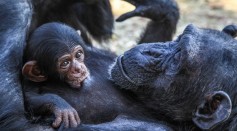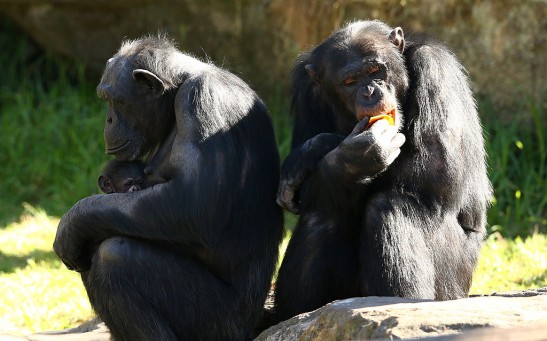primates

New Study Suggests That Language Started Forming 30 to 40 Million Years Ago
Date Night for Monkeys Might Be Equivalent to Sharing Food, New Study Suggests

A New Study Examines How Vowels Are the Key to the Evolution of Human Speech

Neanderthals May Have Used Eagle Talons for Symbolic Decorations
The World’s Primates at Risk of Extinction Due to Global Commodities Trade and Consumption
13-million-year-old Primate Skull Unveils The Origins of African Human & Apes
Discovered Fossils Of Torrejonia Tiny Tree Dwellers Confirmed As The Earliest Primates
Dogs Are ‘Copycats’ After All
Over 50 Percent Of The World’s Primate Face Extinction
Most Popular

How Technology Is Changing the Real Estate Industry?

Study Reveals High Turnover in Scientific Research Careers: What This Means for Future Scientists

How a Plant-Based Diet Can Protect Against Breast Cancer: Insights from Nutrition Research

Practical Steps to Future-Proof Your Money to Create Financial Security






